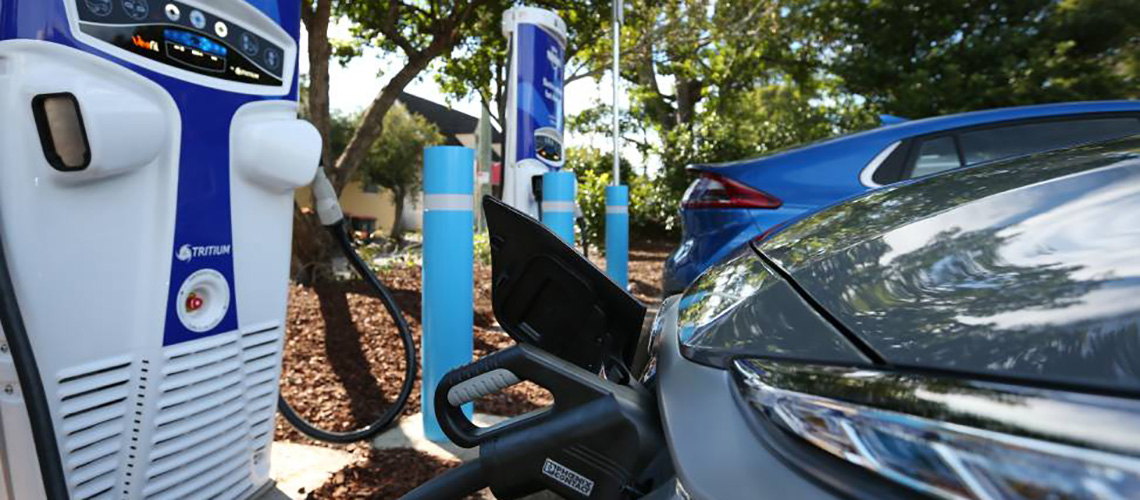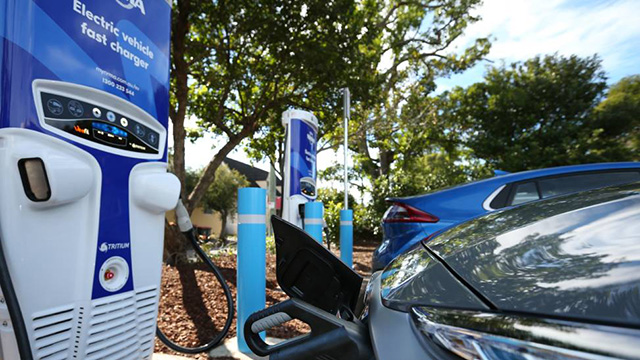A transport revolution is upon us.
Just a few years ago, electric vehicles in Australia only existed in the high end of the market, however as battery technology continues to improve and electric vehicle production increases, we are seeing more manufacturers starting to supply models that bring electric vehicles closer to the budgets of many Australian families.
The assumption that the future of transport mobility in Australia is going to be increasingly electric is now a given. This is not a bold prediction by the NRMA, nor is it a directive of governments – it's merely a reflection on the reality that car manufacturers are pivoting fast to electric vehicles.
A number of jurisdictions have already declared an end to the sale of internal combustion engine vehicles over the coming decades, including the UK, France, Norway, Israel, Netherlands, and a number of cities in the USA.
The NRMA was at the forefront of Australia's first transport revolution almost 100 years ago when the nation progressed from the horse and cart to the combustion engine. We now stand at the precipice of this new revolution and again the NRMA will play a leadership role.
Our growing network of electric vehicle fast-charging stations will ensure our Members can access the vast majority of NSW and the ACT.
By playing our part in getting Australia ready for electric vehicles, we're also bringing forward the inevitable financial and environmental benefits. In recent times, the average price of petrol has been around $1.50 per litre. To achieve the same travel distances, an equivalent electric vehicle would command just 33 cents if charged via the electricity grid. Conservatively, the average family could save around $1,500 a year in fuel, with potentially greater savings for those in regional and outer suburban areas who drive longer distances.
With Australia’s vehicle emissions currently at a record high, another major benefit of transitioning to electric vehicles is reduced harmful emissions. An average new Internal Combustion Engine vehicle emits around 185g CO2/km, whereas an average new EV emits around 98g CO2/km. This means better outcomes for the environment and better health standards, particularly in densely populated areas.
It's forecast that by 2030, one third of all car sales in Australia will be electric. As the revolution speeds up globally with electric vehicle technology becoming the new norm, there's no doubt Australia's transport future will look very different in around the same time it took for Australians to progress from analogue to smart phones.
Getting Australia ready to benefit from this transport revolution is a task for which the NRMA is well qualified.








